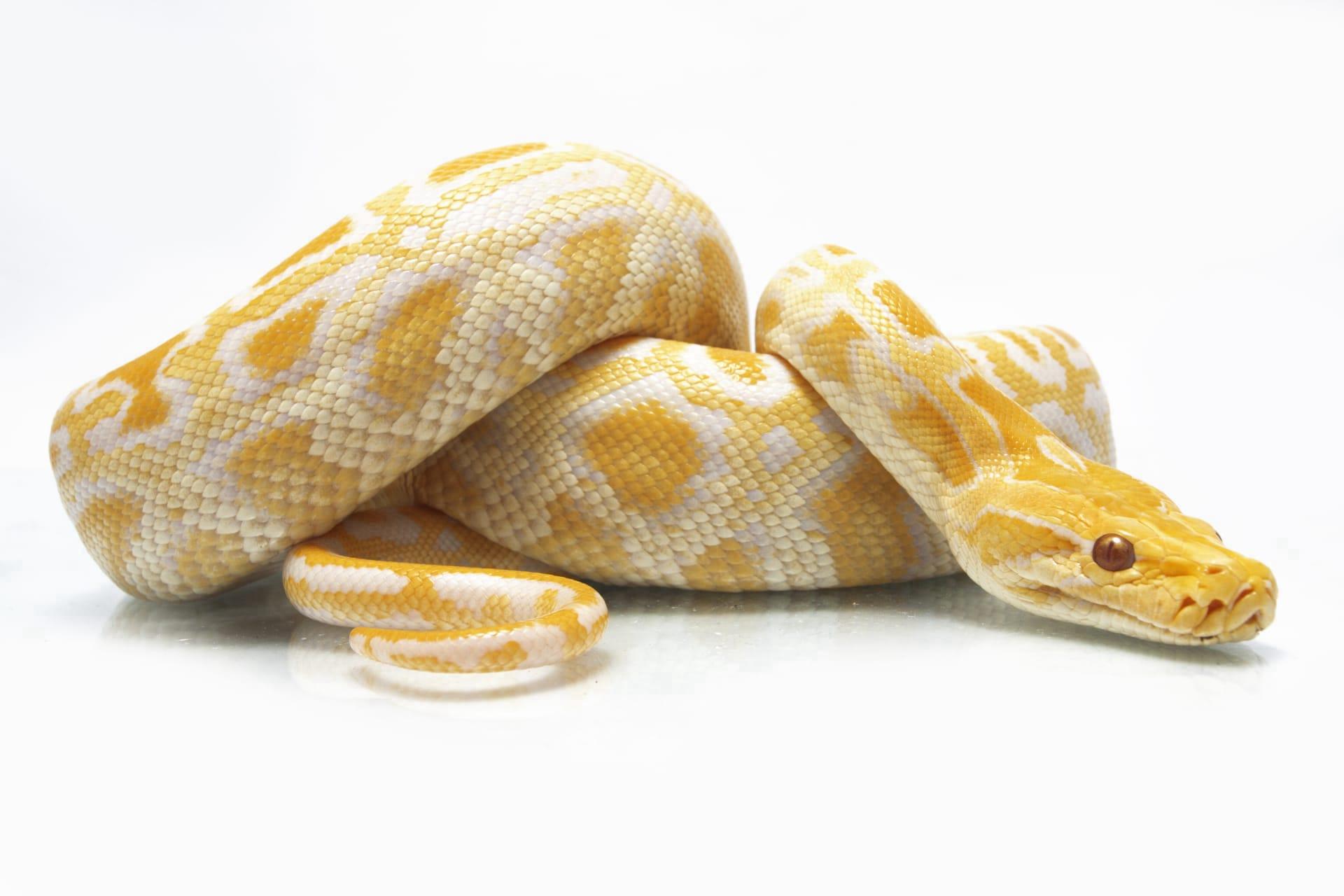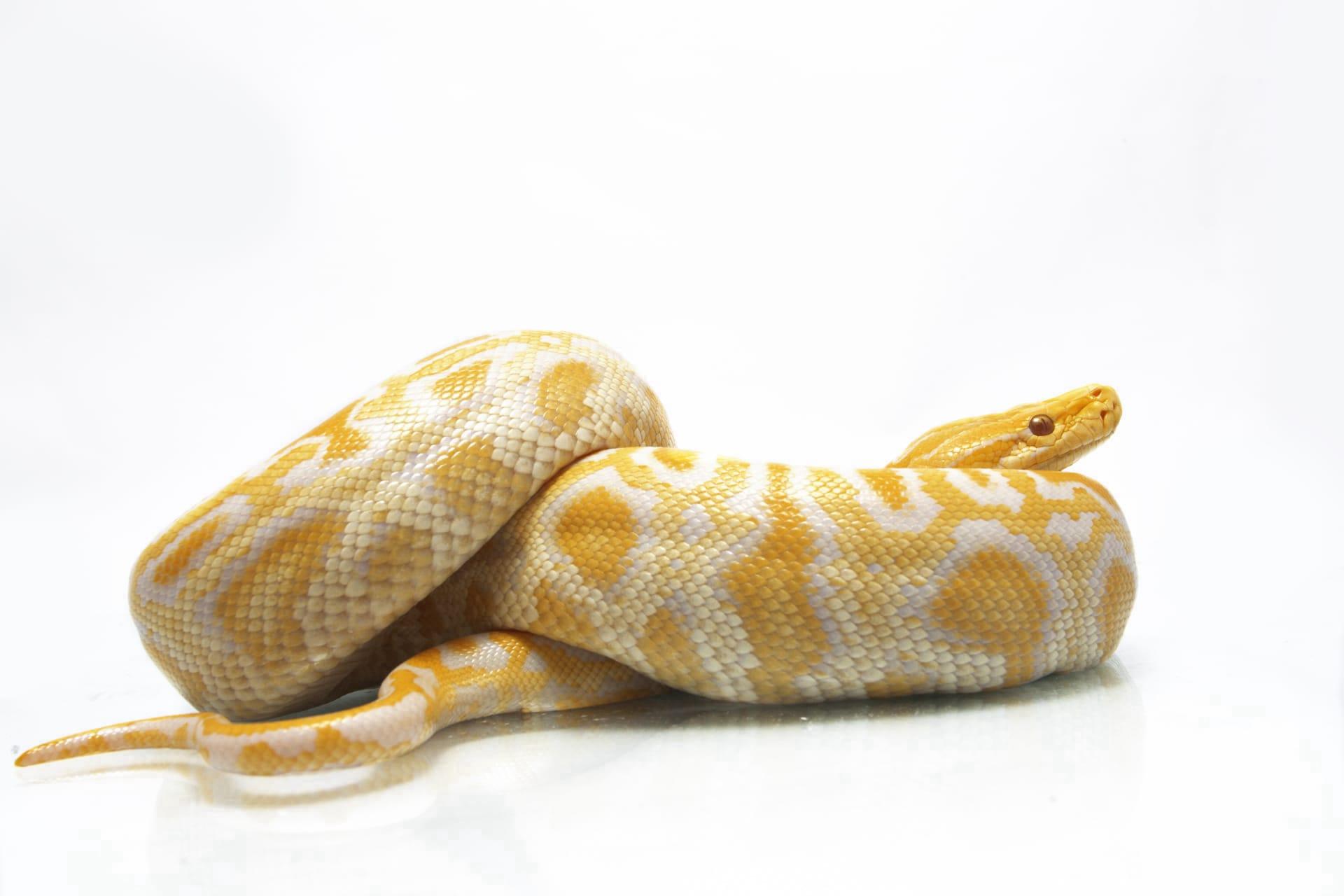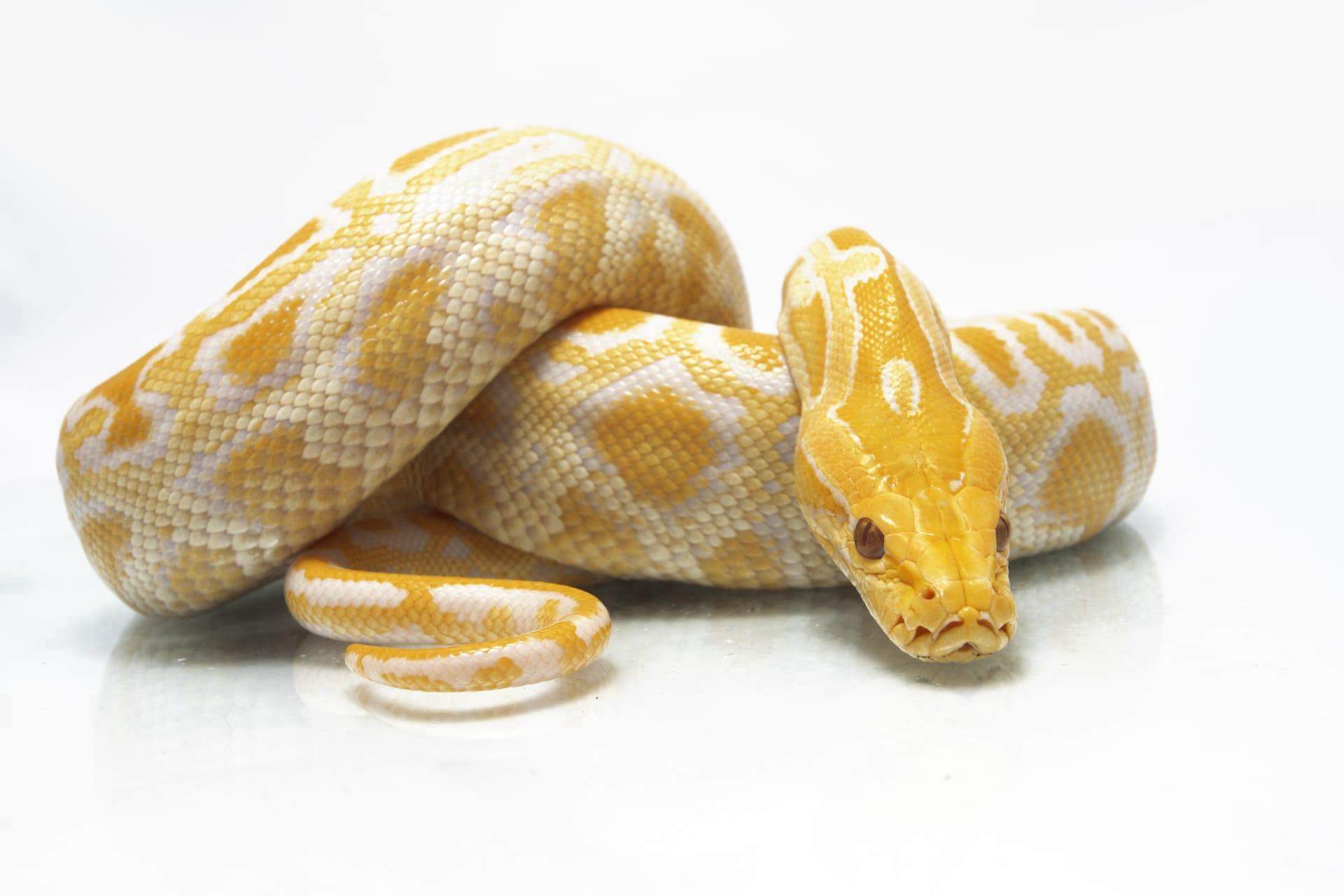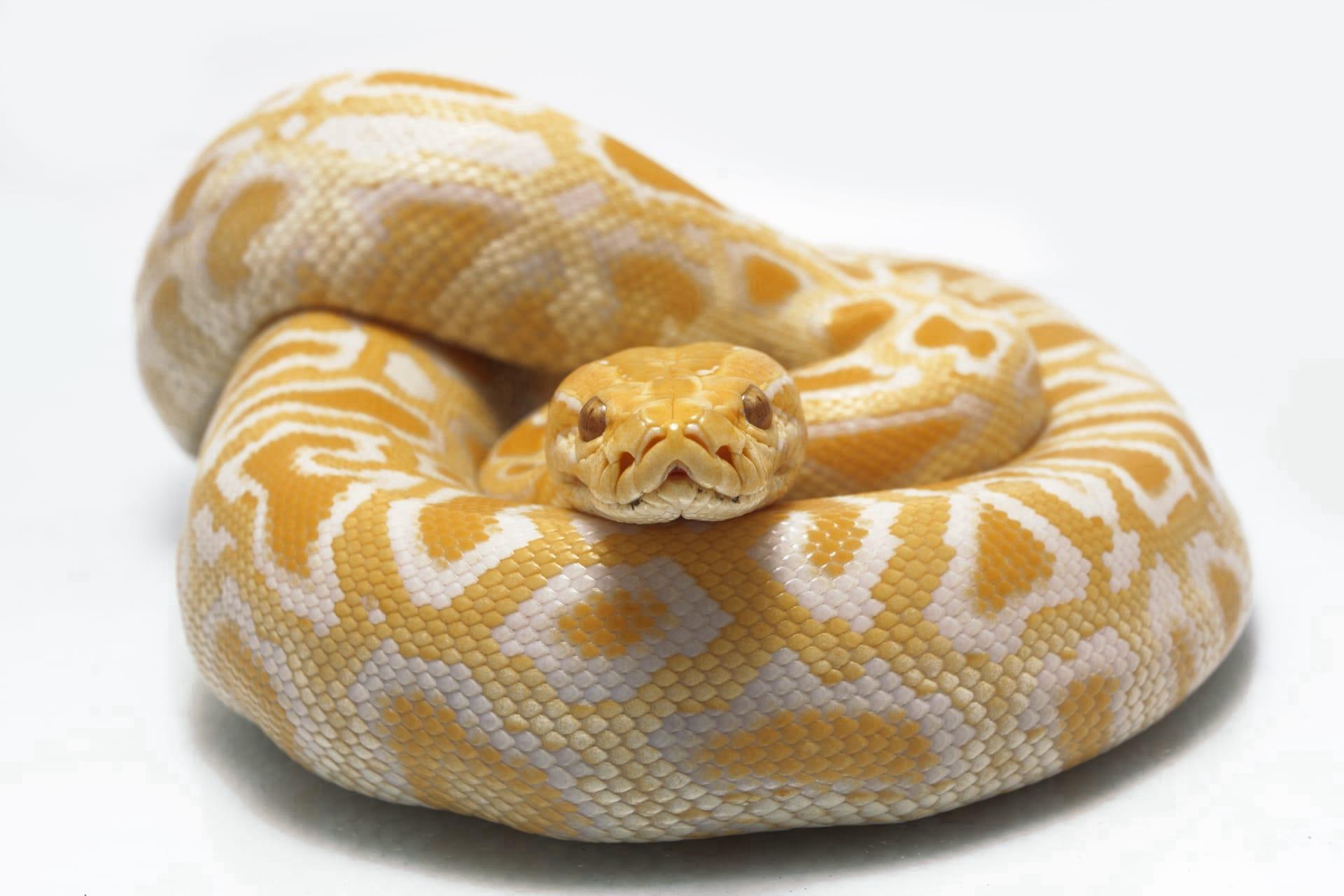1
Did you know that Ball Pythons, known for their docile nature, have a fascinating defense mechanism? When they sense danger, they don't lash out or hiss. Instead, they curl into a tight ball, tucking their head securely in the middle. This unique behavior, which gives them their name, is a sight to behold, especially considering their size. An adult Ball Python averages about 3 to 5 feet in length. Despite their size, their ability to form such a compact ball is impressive.
Another interesting fact about these snakes is their longevity. In the wild, Ball Pythons can live for about 20 years, which is already quite remarkable for a snake. However, in captivity, with proper care, these snakes can live even longer, often reaching 30 years or more. This extended lifespan makes them one of the longest-living snake species kept as pets. Their long lives, combined with their calm demeanor, make them a popular choice for snake enthusiasts.

2
Ball Pythons have an astonishingly varied color and pattern morphology, known as 'morphs'. With over 1,000 recorded morphs, they're like the chameleons of the python world. This diversity is a result of selective breeding, showcasing patterns and colors that range from albinism to darker, more intricate designs. Each morph not only looks distinct but can also fetch a different price in the pet trade, with some rare morphs costing thousands of dollars.
When it comes to feeding, Ball Pythons are intriguingly picky eaters. In the wild, they primarily prey on small mammals and birds. However, in captivity, they may refuse to eat for extended periods, especially during the winter months. This fasting can last for several months, but surprisingly, it doesn't adversely affect their health. This ability to go without food for long durations is linked to their slow metabolism, a trait that helps them survive in environments where prey is scarce.

3
Ball Pythons exhibit a unique breeding behavior. Females can store sperm for prolonged periods and can lay eggs several months after mating. This reproductive strategy, known as delayed fertilization, allows them to wait until environmental conditions are optimal for laying eggs. A female Ball Python typically lays around 3-11 eggs per clutch. During the incubation period, which lasts about 60 days, the female python exhibits an unusual behavior called 'shivering thermogenesis' to regulate the temperature of the eggs.
Another fascinating aspect of Ball Pythons is their sensory system. They don't have external ears, so they can't hear sounds as we do. Instead, they are adept at sensing vibrations through the ground, which helps them detect the presence of prey or predators. Additionally, they use their forked tongues to collect scent particles from the air, which are then processed by a special organ in their mouth called the Jacobson's organ. This dual sensory approach makes them efficient hunters, even in complete darkness.

4
Ball Pythons have a unique adaptation in their skin, known as 'iridescence'. Their scales contain microscopic ridges that refract light, creating a shimmering effect, especially noticeable in sunlight. This iridescence not only adds to their beauty but may also play a role in camouflage, breaking up their body outline in the wild. It's a stunning visual effect that's particularly evident in certain morphs.
Interestingly, Ball Pythons are also known for their thermal sensitivity. They have heat-sensitive pits along their lips, allowing them to detect minute changes in temperature. This adaptation is crucial for hunting in the dark, as it helps them locate warm-blooded prey. It's like having a built-in thermal imaging system, enabling them to be effective nocturnal hunters despite their limited vision in low light conditions.

5
Did you know that Ball Pythons have a significant cultural importance in many African communities? In some regions of West and Central Africa, where they are native, Ball Pythons are revered and often associated with royalty and deities. They are seen as symbols of the earth due to their ground-dwelling habits and are often involved in traditional rituals and ceremonies.
Lastly, Ball Pythons have a relatively low reproduction rate compared to other snakes. While some snake species can lay dozens of eggs in a single year, Ball Pythons typically breed just once a year and, as mentioned earlier, lay only a few eggs per clutch. This lower reproductive rate, combined with their popularity in the pet trade, has led to concerns about wild populations. Conservation efforts are crucial to ensure that their natural habitat is preserved and that wild populations remain stable.